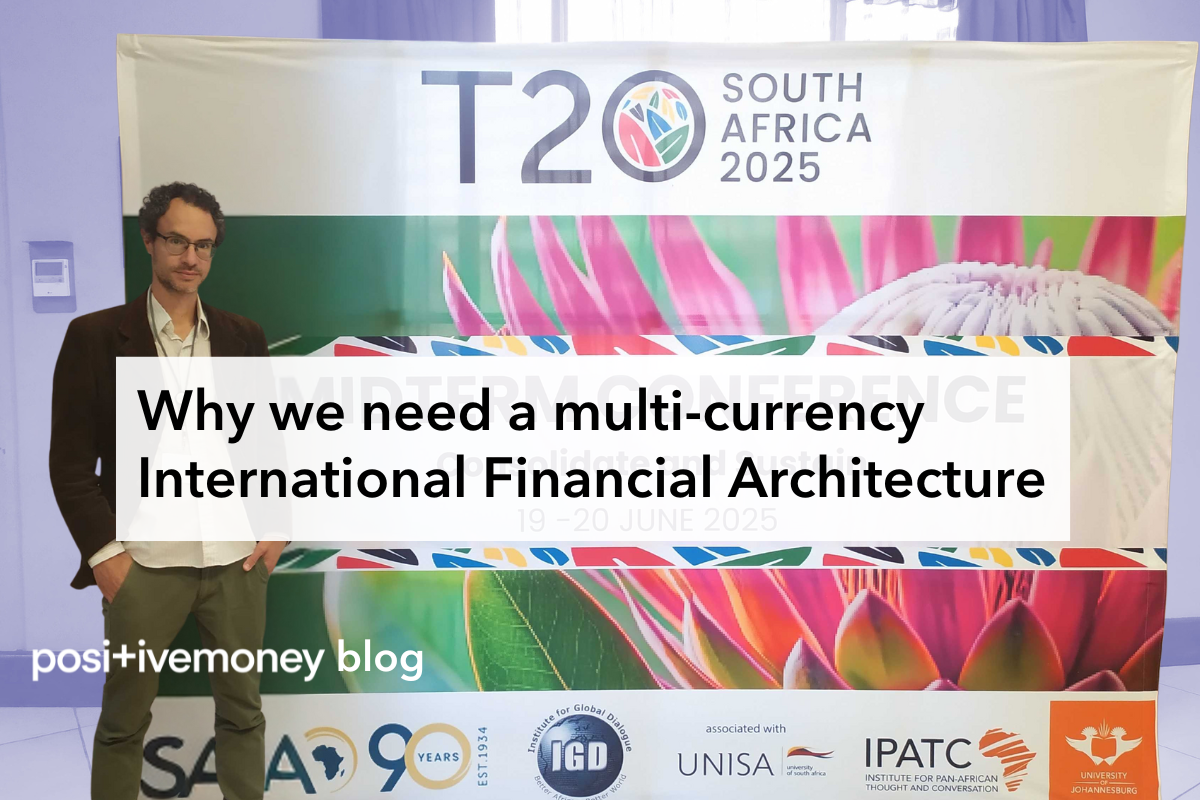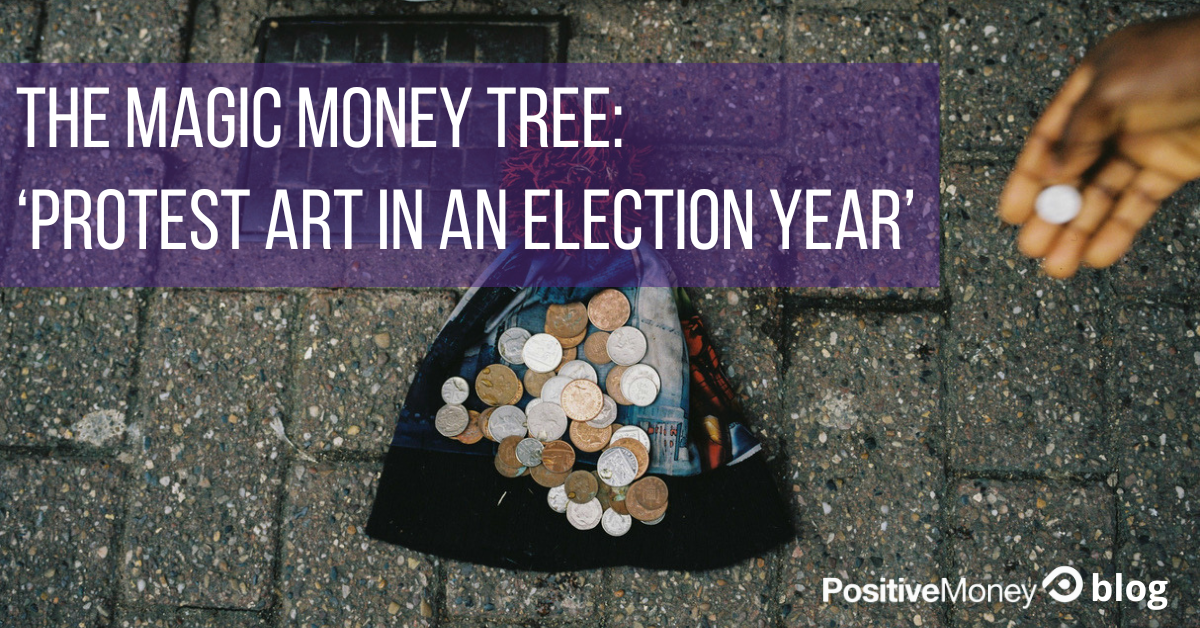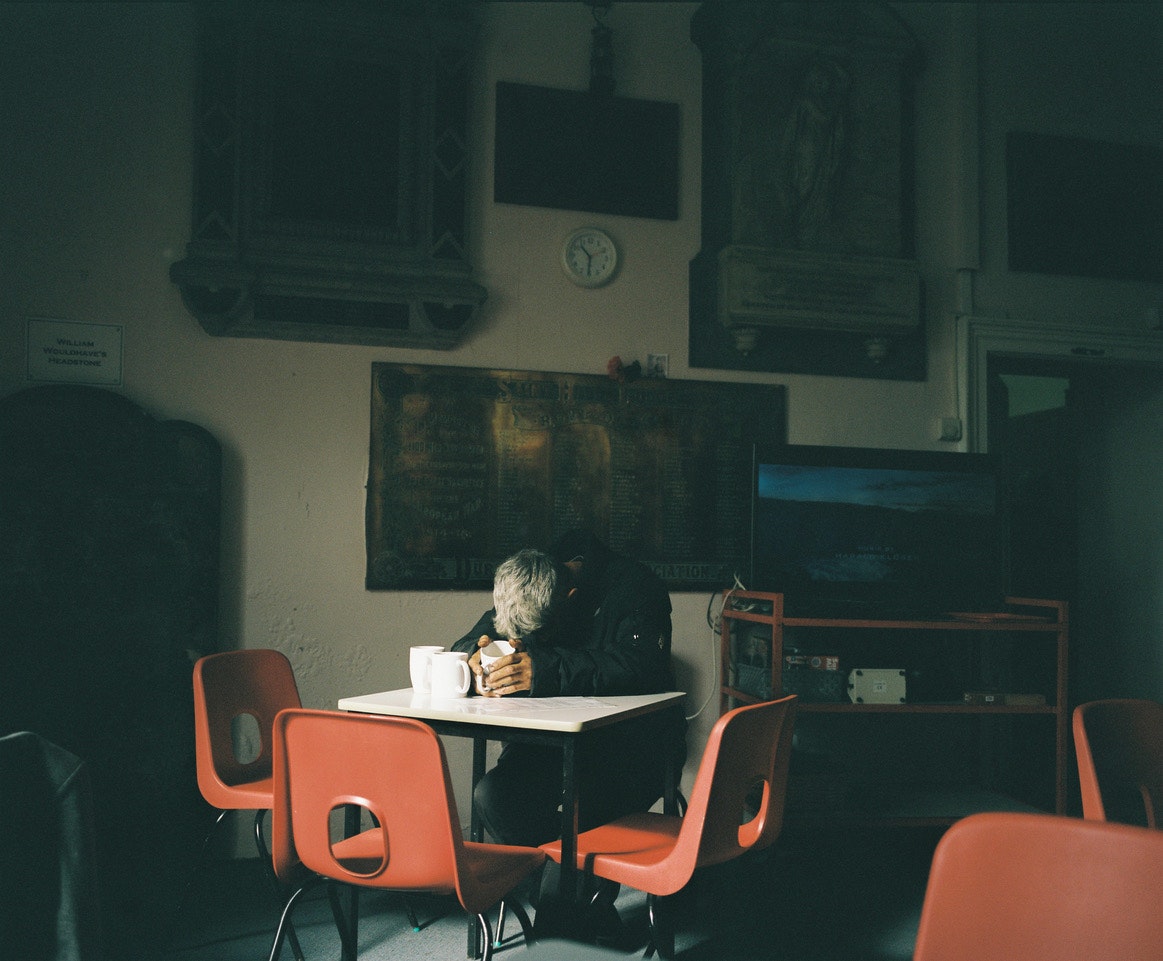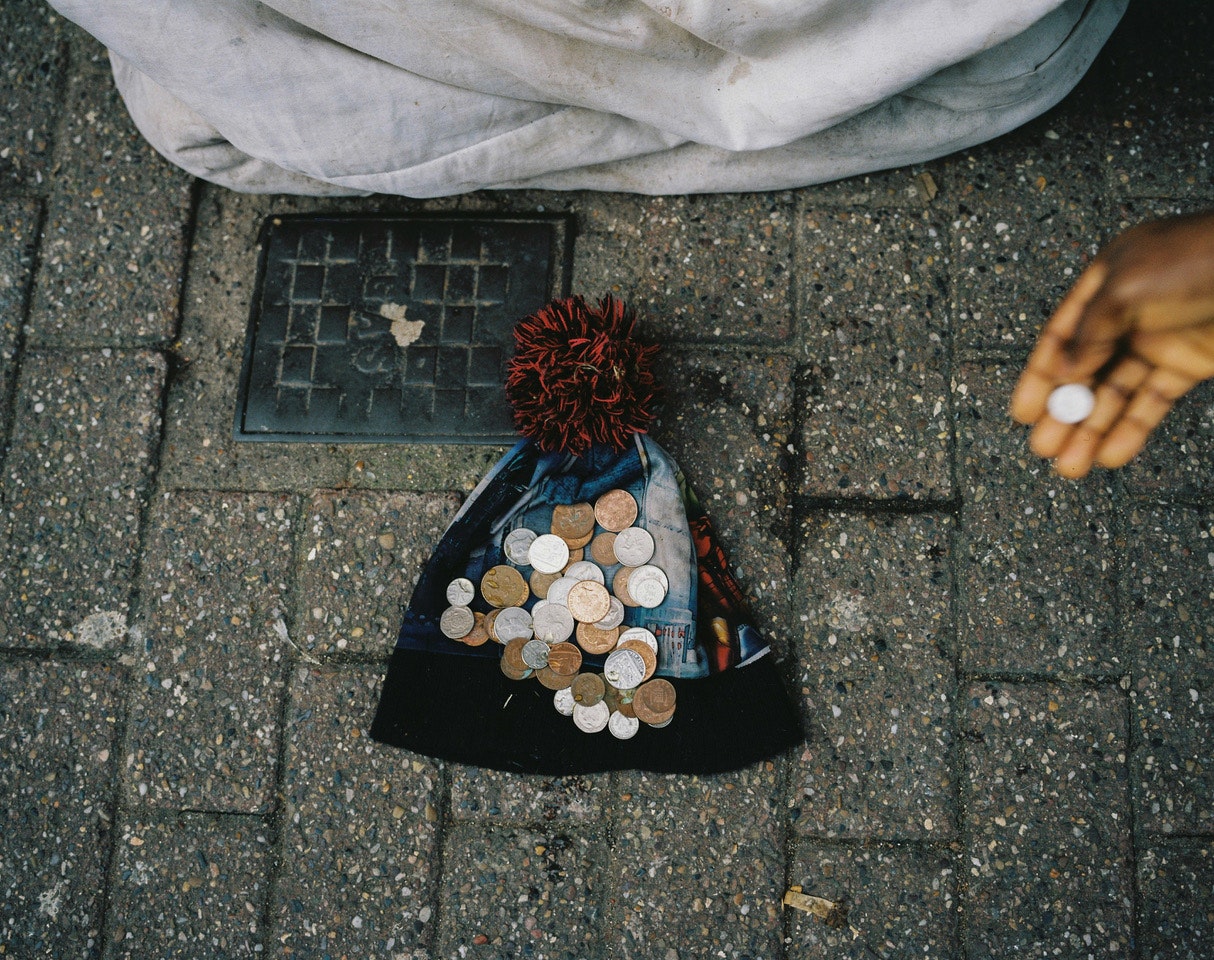
EUUK
3 July 2025
June 4, 2024
Documentary photographer and author Kirsty Mackay shares the background to their work The Magic Money Tree, a myth that’s enabled austerity and plunged millions into poverty.
My project The Magic Money Tree is a document of the UK’s cost-of-living crisis. Supported by Arts Council funding, I travelled across England photographing and interviewing people, teaching photography workshops to children and young people, and handing out compact film cameras for participants to take their own photographs. The title of the resulting exhibition and my upcoming book, comes from a comment then Prime Minister Theresa May made in a BBC Question Time debate during the 2017 general election; “there isn’t a magic money tree that we can shake, that suddenly provides for everything that people want.” I wanted to paint a true picture of what poverty looks like in the world’s sixth richest economy, whilst connecting the experiences of the people I was photographing to political and economic policy.
During the pandemic, I watched as the Bank of England used Quantitative Easing to create money to support then-Chancellor Rishi Sunak’s government spending. In the longer term, we’ve seen 14 years of cuts to benefits, the NHS, and council budgets. We are told there is less money now. Less money for essential services and a social safety net. Austerity was declared over in 2019. Nonetheless, we currently have an NHS possibly so defunded, that it’s past the point of saving without insurance premiums.
There is an invisible line that starts with the fiscal decisions made by politicians in Westminster stretching across the country into people’s lives, their bodies and minds. My role as a photographer was to attempt to make this line visible. I witnessed first-hand the impact of choices made by consecutive governments. Like the choice not to raise Healthy Start vouchers, so low-income families can afford baby milk, after price increases of 22%. The choice not to introduce universal free school meals in England – leaving 800,000 kids in need, known as ‘the lost children’. The cuts, payment delays and sanctions to benefits, that have forced people into the food bank. My photography takes me out into the world with questions, the people I photograph provide the answers. Research is then used to augment those lived experiences. And to see the bigger picture, I looked towards economics.
The story of the magic money didn’t begin with Theresa May. It was created with Margaret Thatcher’s oversimplification of how a country’s budget works. “I can’t help reflecting that it’s taken a government headed by a housewife with experience of running a family to balance the books for the first time in 20 years – with a little left over for a rainy day,” Thatcher told the Conservatives Women’s Conference in 1988.
The magic money tree tale continues the false comparison of the economy with a household purse. A countries’ budget is not finite. It does not, in fact, operate like a family budget. Money can be ‘made’ for whatever is at the top of a government’s policy agenda.
In the summer of 2023, I spent a month visiting the South Bristol food bank. I asked people what they had for dinner the night before. “Nothing for three days”, “a can of tuna”, “toast”, “a bowl of cereal”, “nothing, I only cook for my son”. In a Bristol youth club, I held workshops with children and young people where we drew a timeline from the 2008 financial crash, through austerity, Brexit, and Covid-19 to the Cost of Living crisis. Robert, 14, told us “I want to live in a UK where we are not driven by greed or power.” Young people’s voices are central to this work. Alison Dunn, the Chief Executive of Gateshead Citizens Advice told me “For some of our children who are 14, they’ve known nothing but hard times. They’ve had welfare reforms, followed by austerity, a pandemic and a cost-of-living crisis.” I asked the children what they wished for; Amy, 11, told me “A decent amount of money and a good house.”
The Magic Money Tree book will comprise photography, drawings, protest signs, poetry, testimony, and text. It is a story of the cost-of-living crisis and a document of poverty in a rich nation, told with a collective voice. It is protest art in an election year. The title encourages us to question what we’re told about the economy. Economist Kate Raworth states in her book Doughnut Economics, “rising inequality is a political choice”. Income inequality has been rising in the UK since the 80s. As other European countries become more equal, the magic money tree myth attempts to cover for increasing inequality. As for the real reasons for the extent of avoidable poverty in a wealthy nation, I leave that to Michelle, who I met at the food bank “As we know, they don’t care.”
Kirsty’s exhibition The Magic Money Tree is on display for free at The New Art Gallery Walsall until Sunday 28th July, and the accompanying book will be published this October.
More about the author: Kirsty Mackay was born in Glasgow in 1970. She grew up in a working-class community, simultaneously impacted by and healing from, health inequalities, unemployment, addiction and poverty. She studied documentary photography at University of South Wales and is the author of three books including, The Fish That Never Swam about Glasgow’s health inequalities, and The Magic Money Tree, to be published by Bluecoat Press in October 2024.


